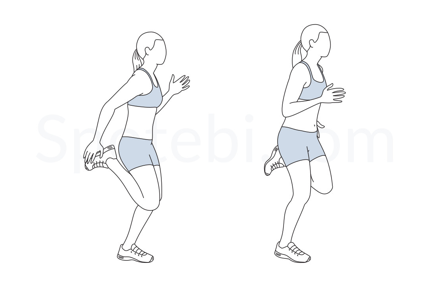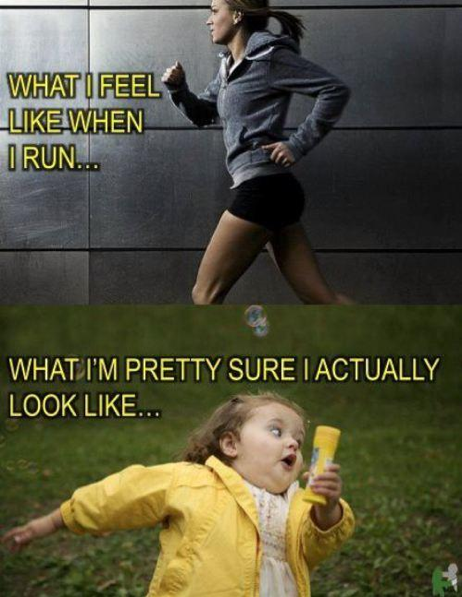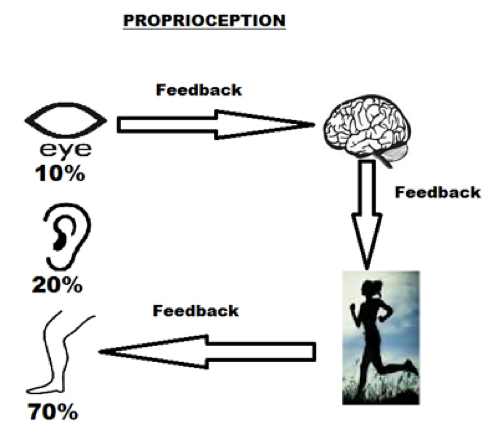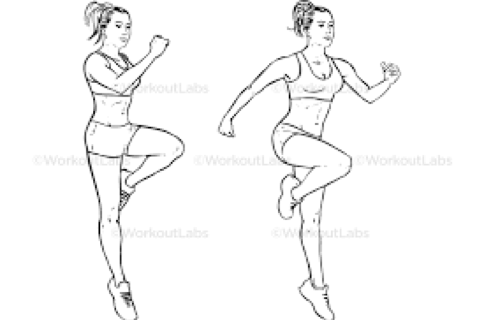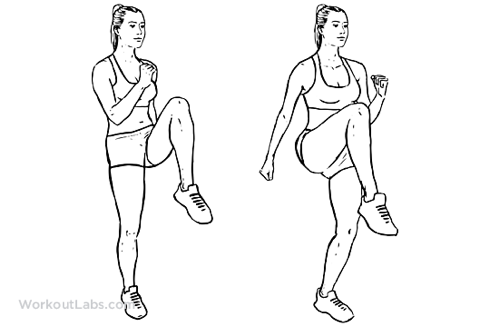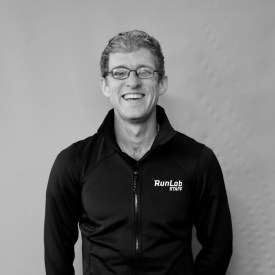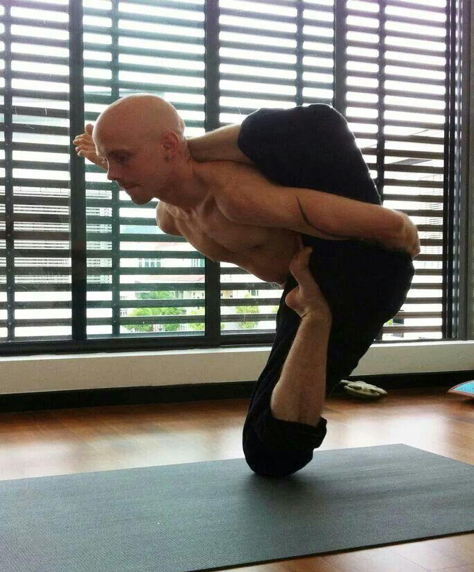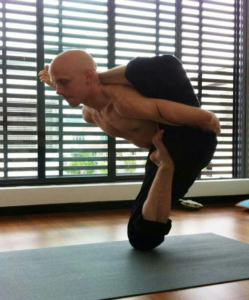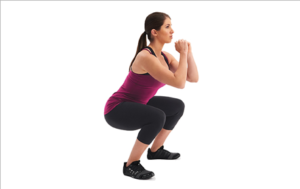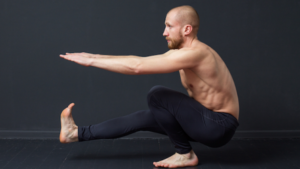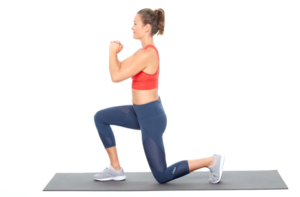Why is now the time identify asymmetries before they cause a running injury? Does one side of your body consistently hurt more than the other? You may be suffering from asymmetries that have gone undetected.
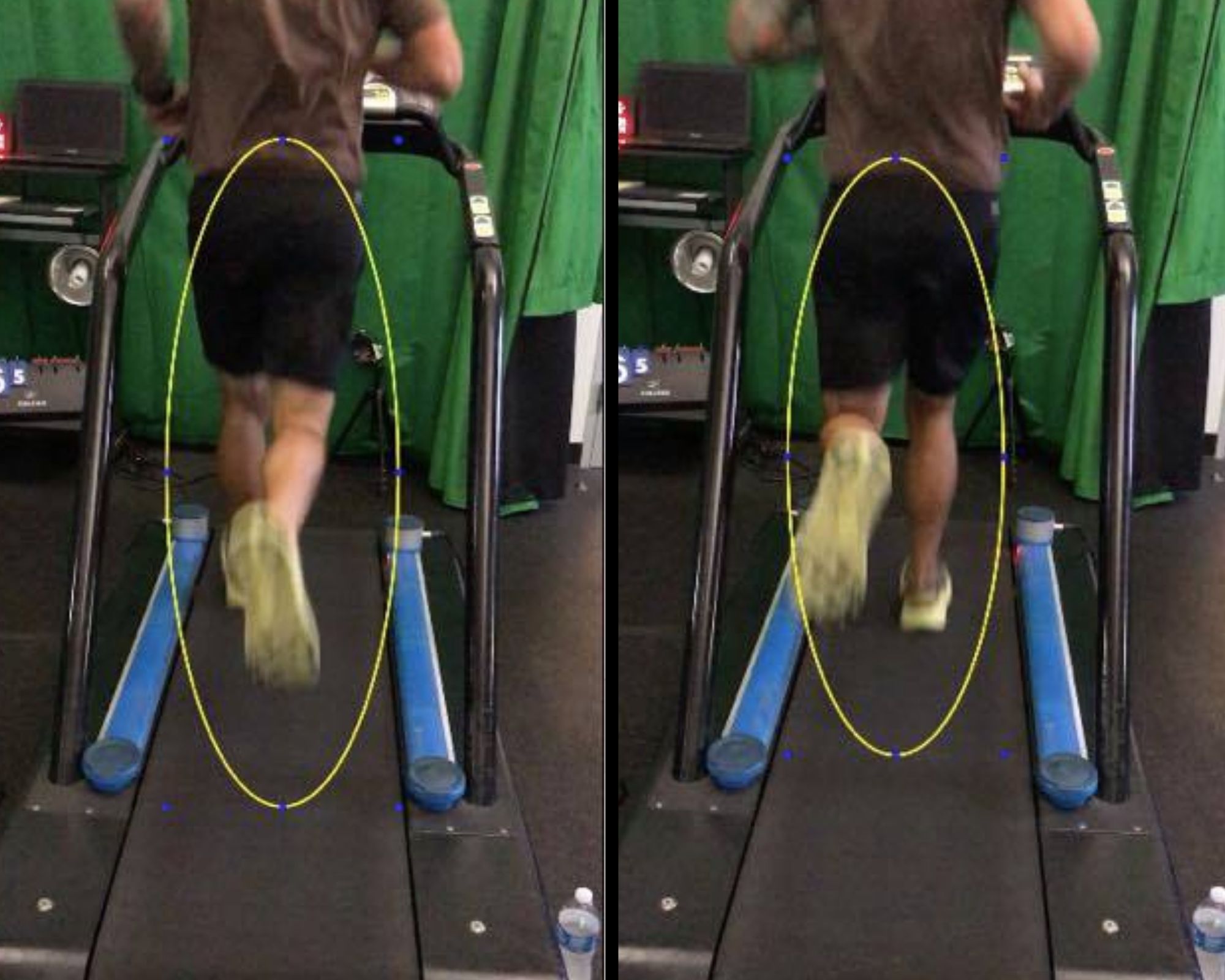
Although asymmetries naturally develop over time due to varying strengths, limiters, injuries, and flexibility variances, it is important to address any underlying biomechanical problems to avoid endlessly chasing injuries. The site of pain may not be the root cause of the problem. It is important to dig a little deeper, and sometimes even look to the opposite limb to identify the issue.
Let’s take a look at Stan. When Stan was in high school, he sprained his ankle playing soccer. It was a mild sprain, so his athletic trainer recommended he take a few weeks off of working out or running. His trainer did not consider rehab, since this was a rather garden variety injury that just needed rest. Stan spent a few weeks watching movies and staying off his injured ankle as much as possible.
As Stan began running again a few weeks later, his gait mechanics had changed slightly to compensate for the injured ankle. His lack of ankle stability caused an inhibited gluteal muscle and decrease in core activation on the weaker side side. Slowly, one leg began moving differently to offload to the stronger muscle groups that were not coming off of an injury. He began flaring out one arm to stabilize his body against the unstable ankle. Over time, this new gait became his new normal. A year later, when he injured his left knee, his body went through a very similar process and built an entirely new gait adaptation layered on top of the old one.
But the time he made it into our clinic it took 3 months of diligent rehab to unravel these patterns and clean up the inefficient movement patterns. These new patterns were now leading him down the road to an additional hip injury, simply due to all of the off-loading behaviors his body had been developing from old injuries.
It is extremely common for runners to have non-functional (anatomical) asymmetries. Slight differences between left and right in bony anatomy are normal, though they can still cause problems. Maybe one tibia is internally rotated more than the left, or one leg is slightly longer than the other. It is important to avoid one leg working harder than the other to the point of break down, and thus causing injury, even due to anatomic variances.
While anatomic variance is normal, it is important to understand where your specific limiters are so that they can be accounted for in training. Usain Bolt, one of the fastest men alive, suffers from scoliosis and an asymmetrical running gait.
What can you do to better understand your body’s unique makeup and identify asymmetries before they cause a running injury?
Test for asymmetry by performing your regular routine, alongside the various exercises discussed in our previous blogs. While performing any movement, be aware of the differences between left and right. Start with balancing on one leg. Are you rock solid on your right leg yet you fall over on your left? How about a lunge? Does one hip feel tighter than the other? Now try going for a long run, does one leg seem to fatigue faster than the other? Continue to challenge your body in various ways and pay attention to your strengths and limiters so you can work through the weak areas in the gym before they become sidelining injuries on the run!
Thank you for taking the time to read our RunLab™ Blog! We hope that you use this information to run more injury free and to optimize your running performance.
For more information about the RunLab™ team and to get your running stride analyzed by one of the preeminent gait specialist teams in the country, please visit WWW.RUNLABAUSTIN.COM
Outside of the Austin area? You can still have your running stride analyzed by one of the best teams in the country. Just visit WWW.RUNLAB.US to see where our partner filming locations are based or choose the self-film option.
RunLab™. Helping runners help themselves.

LEARN MORE:
RunLab™ Podcast RUN.
RunLab™ YouTube channel


